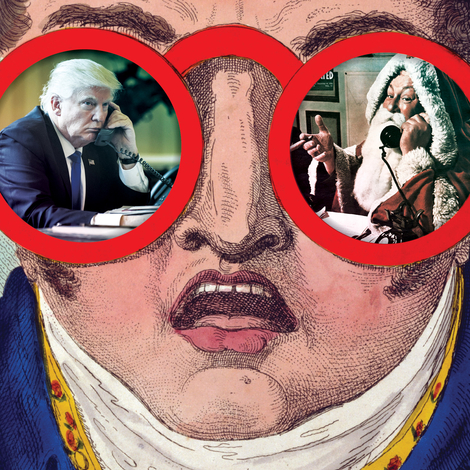“The Stones manage, by calling the terms of the exchange, to reverse objectification,” says the rock columnist Daniel Weizmann. “Even in black and white, The Beatles we meet are something fun for us to look at. Whereas The Rolling Stones are staring right back at us, as if to say, ‘You define us? No, no, we define you.’” Weizmann shares this thought in Harvey Kubernik’s introduction to a new Rolling Stones photography book, The Rolling Stones: Icons. Set for release on October 30, the collection comprises rare and never-before-seen images by 17 different photographers lucky enough to have worked with the band, along with anecdotes from each of them.
Perhaps the most interesting of the crowd is the man on the inside, founding member and bassist Bill Wyman. He always carried a passion for photography, but for a long time he never took pictures of his friends or family. That changed in Paris in 1965, he says, when he “finally had enough money for a decent camera.... From then on, I photographed the band: on planes, in hotels, houses, cars, and studios, preferring moments when my subjects were unaware of the camera—that’s when I got my best shots.” His photos have rawness and vulnerability. From Keith Richards with the black eye he got from Chuck Berry to Mick Jagger reading the Bible, Wyman’s giving us truth.
Linda McCartney, wife of Paul, is another featured artist in The Rolling Stones: Icons. She was an editorial assistant for Town & Country magazine—with no professional photography experience—when she first shot the Rolling Stones, on a cruise in 1966. The escapade led to a wonderful career in the field, and two years later she became the first woman to have her work on the cover of Rolling Stone magazine. McCartney’s photographs capture the everyday glamour that came with being a Rolling Stone. The sunglasses, the cigarettes, but also the exhaustion. She makes tangible to us the emotions we forget a rock star can feel.
Ken Regan started working with the Stones in 1972, when Time magazine asked him to cover their tour of America. Early in the run, he found himself tripping on LSD onstage, unaware that he had consumed it—the band had spiked the punch and not thought to tell anyone. His images show more of the group’s rambunctious side: parties, drinking, girls. They also show us the morning after, with two beautiful shots of Keith Richards making breakfast and reading the paper.
No matter which photographer you’re examining, you’ll find their stories are equally exhilarating and inspiring. There are 14 more who contributed to this eclectic collection, catching moments behind the scenes and on the fly. The pictures begin in the early 1960s, when the group was starting out, and come up to the present day, giving us 60 years with the “greatest rock band in the world.” —Henry McGrath

The Rolling Stones: Icons will be published on October 30 by ACC Art Books
Henry McGrath is a New York–based researcher and fact-checker at air mail








